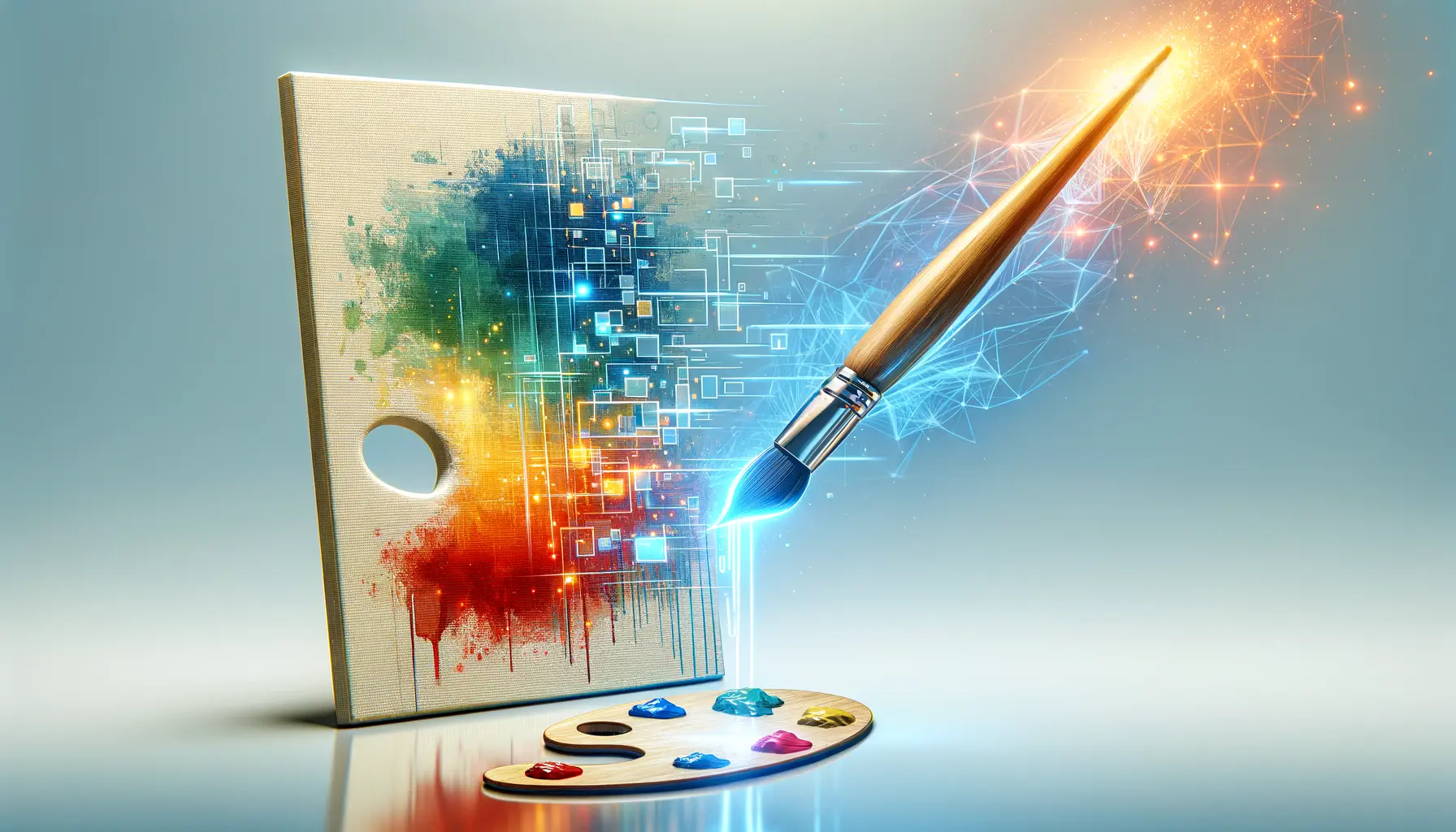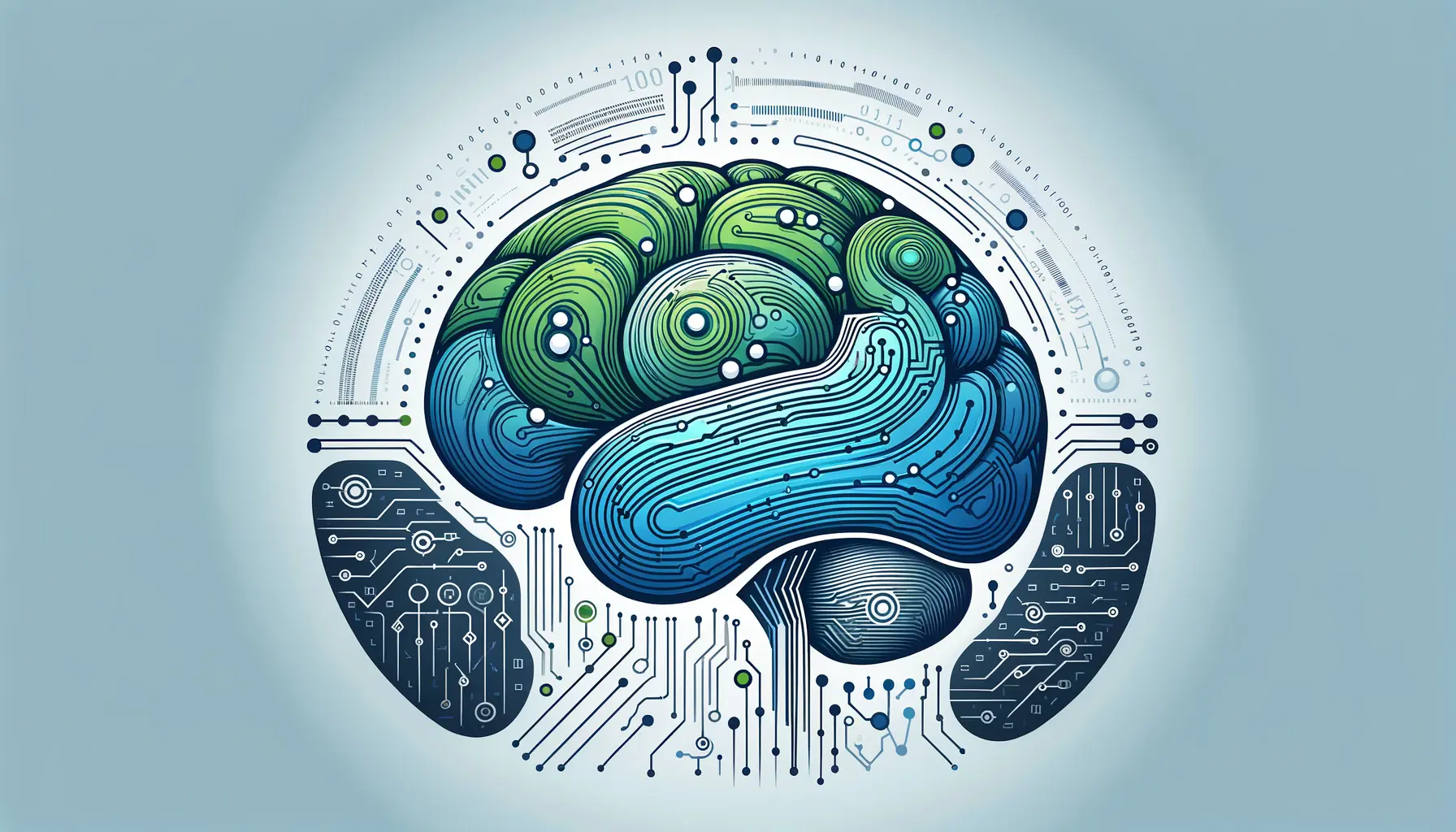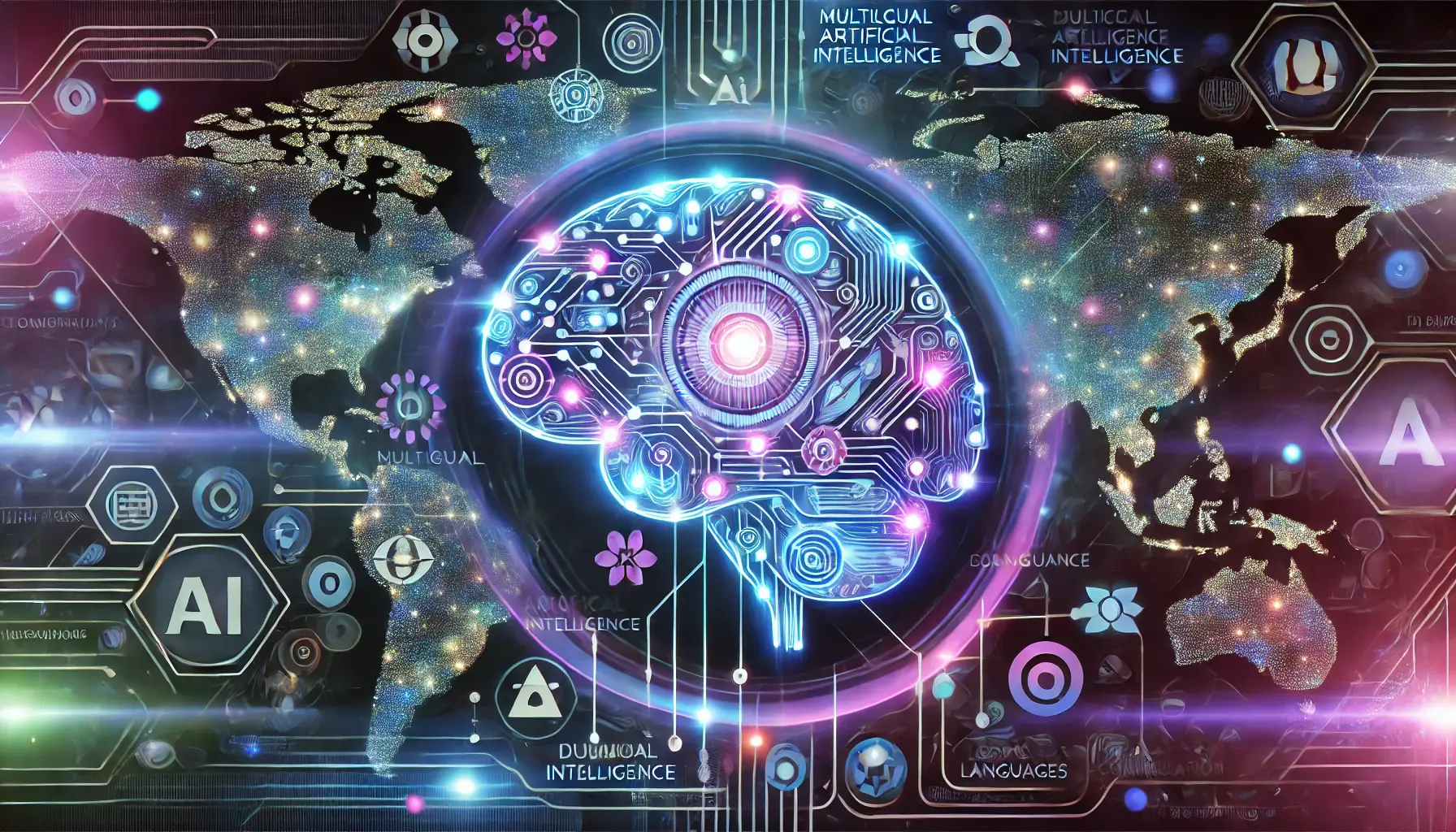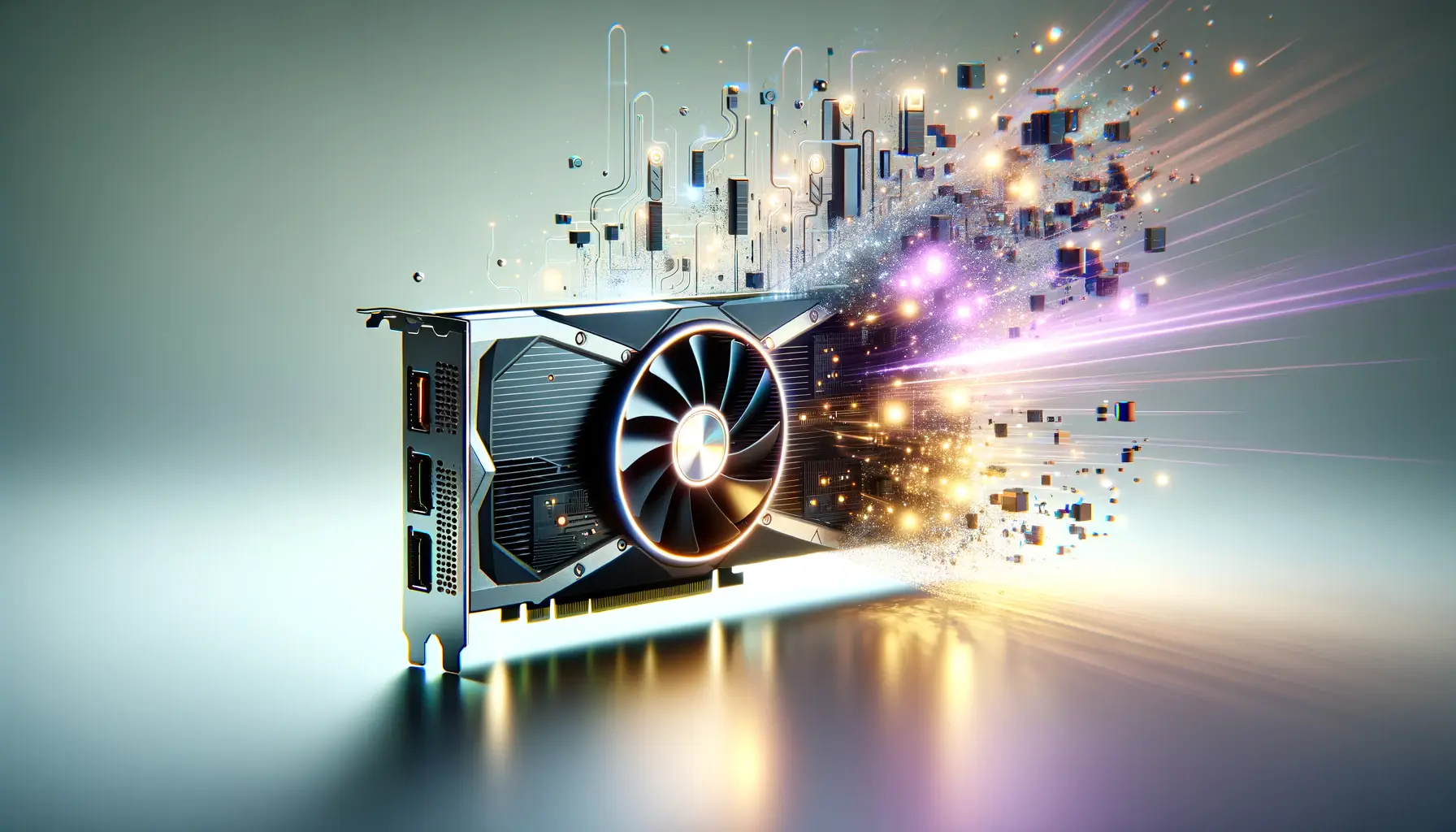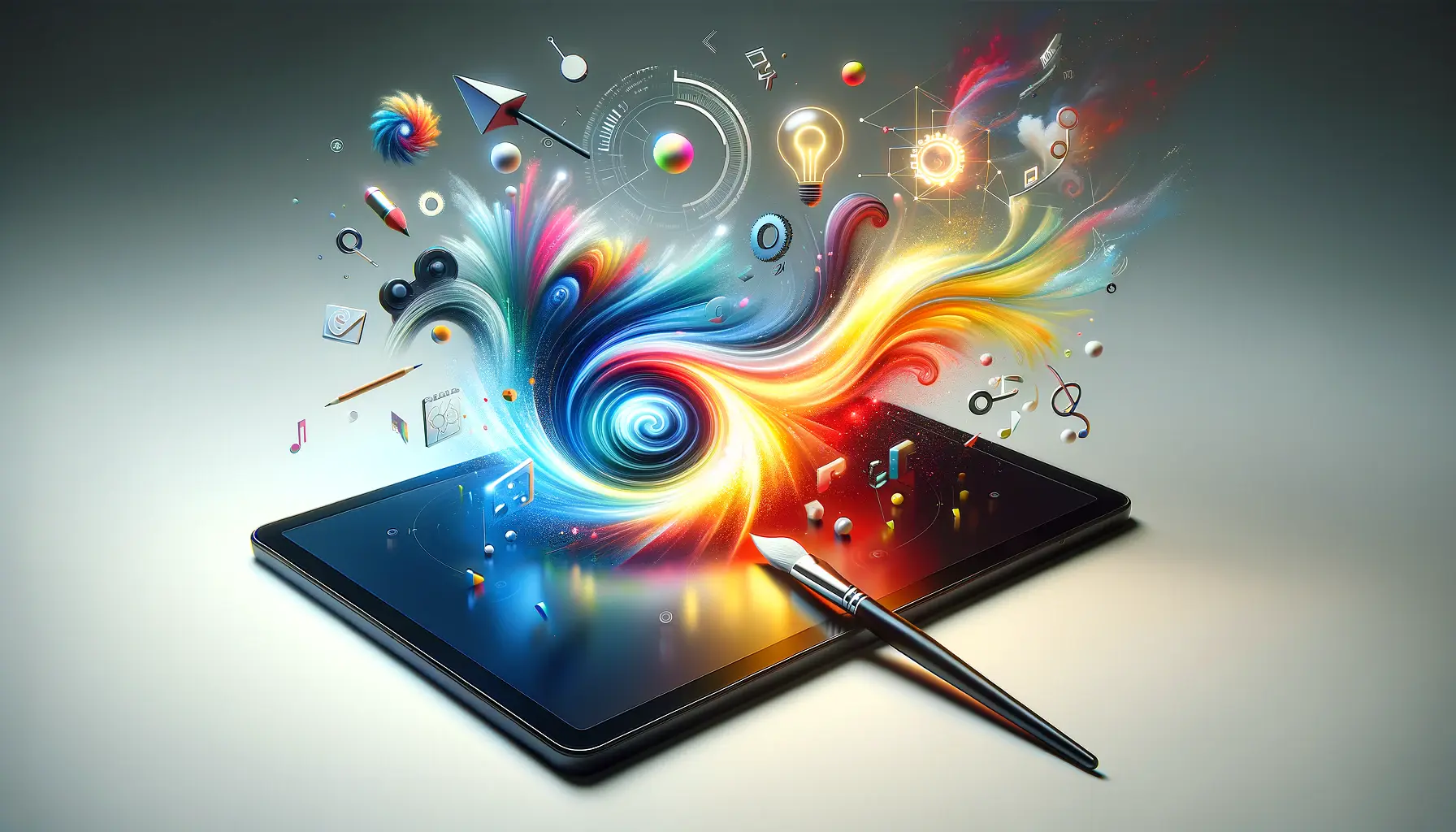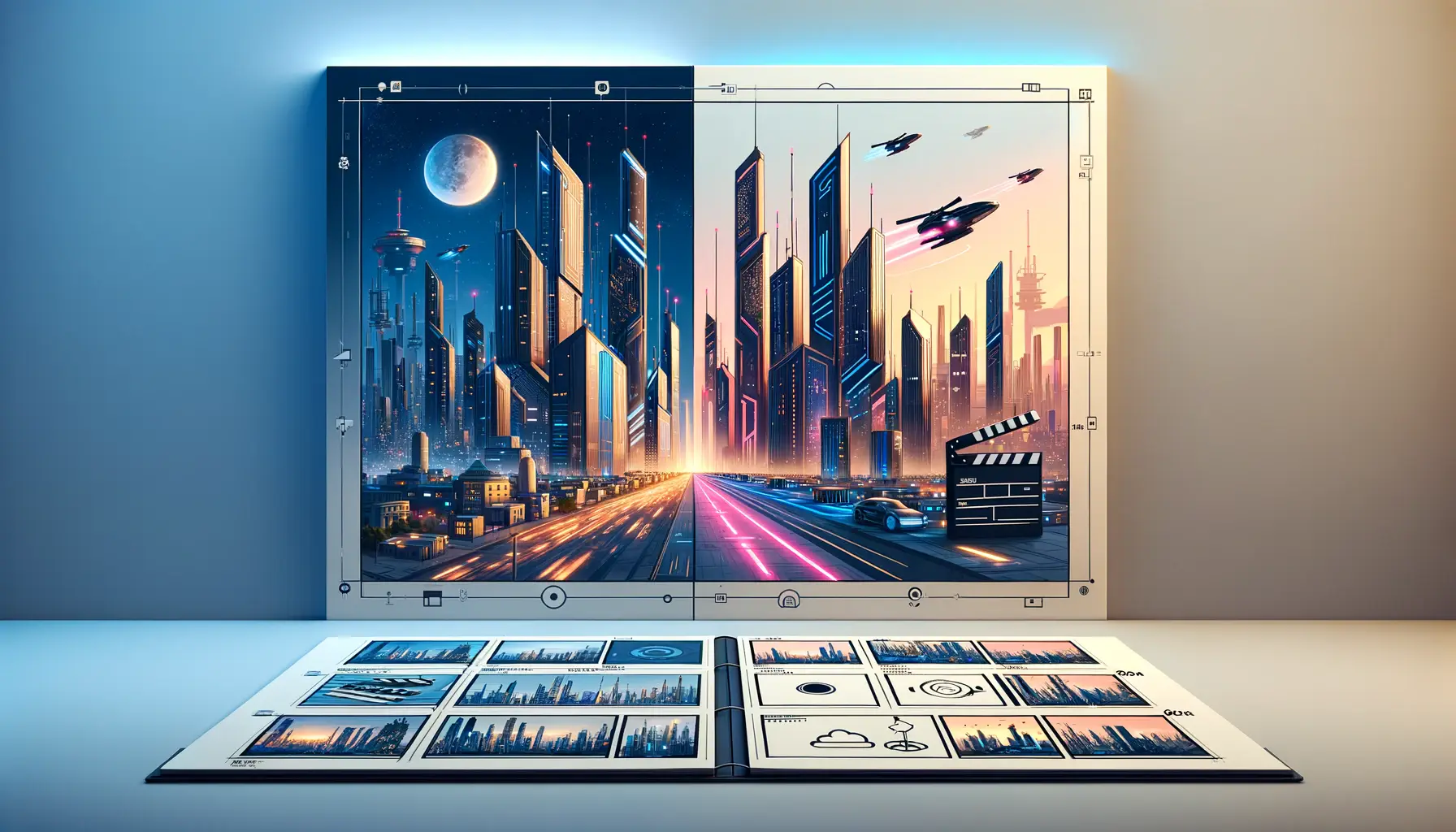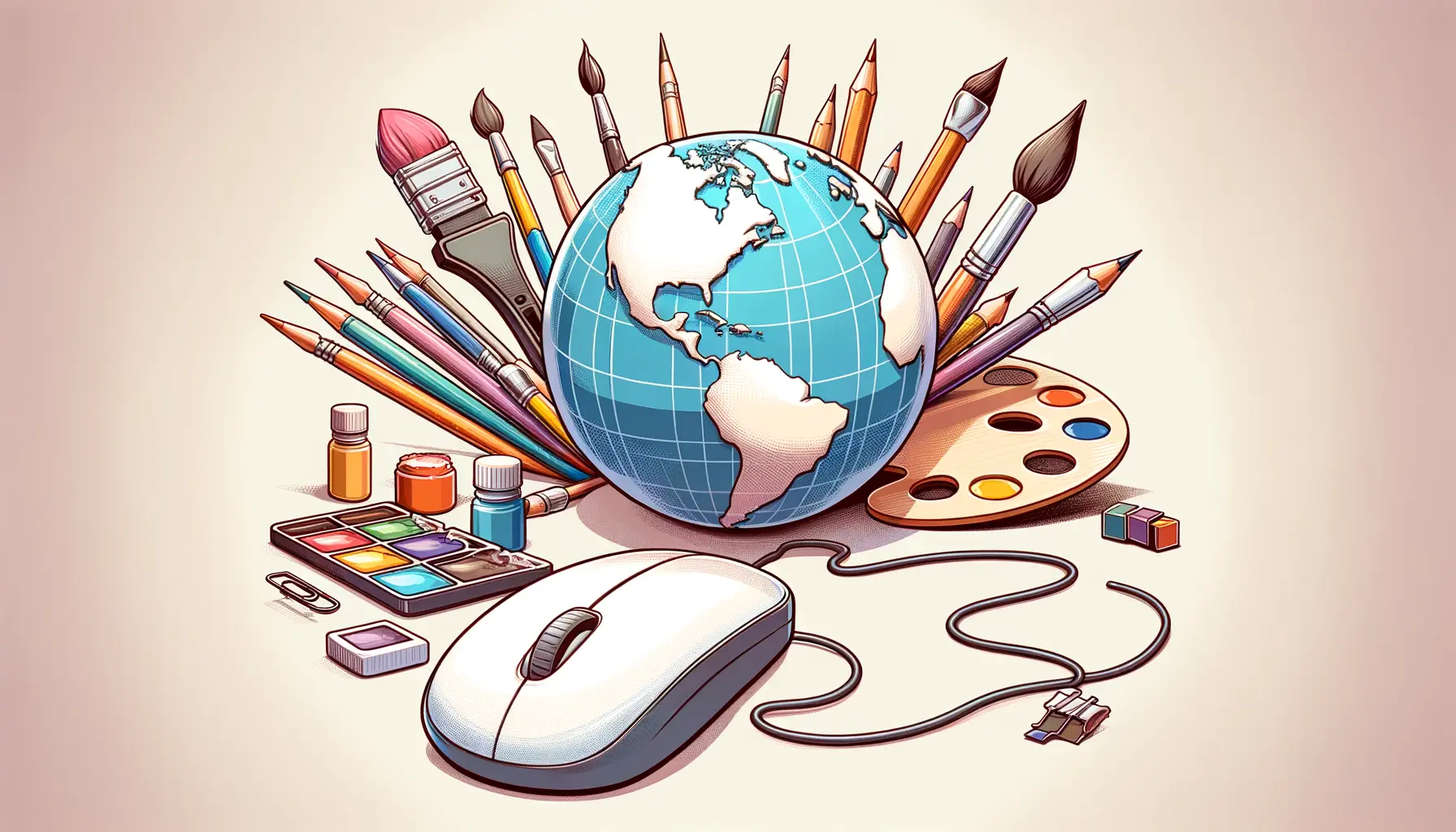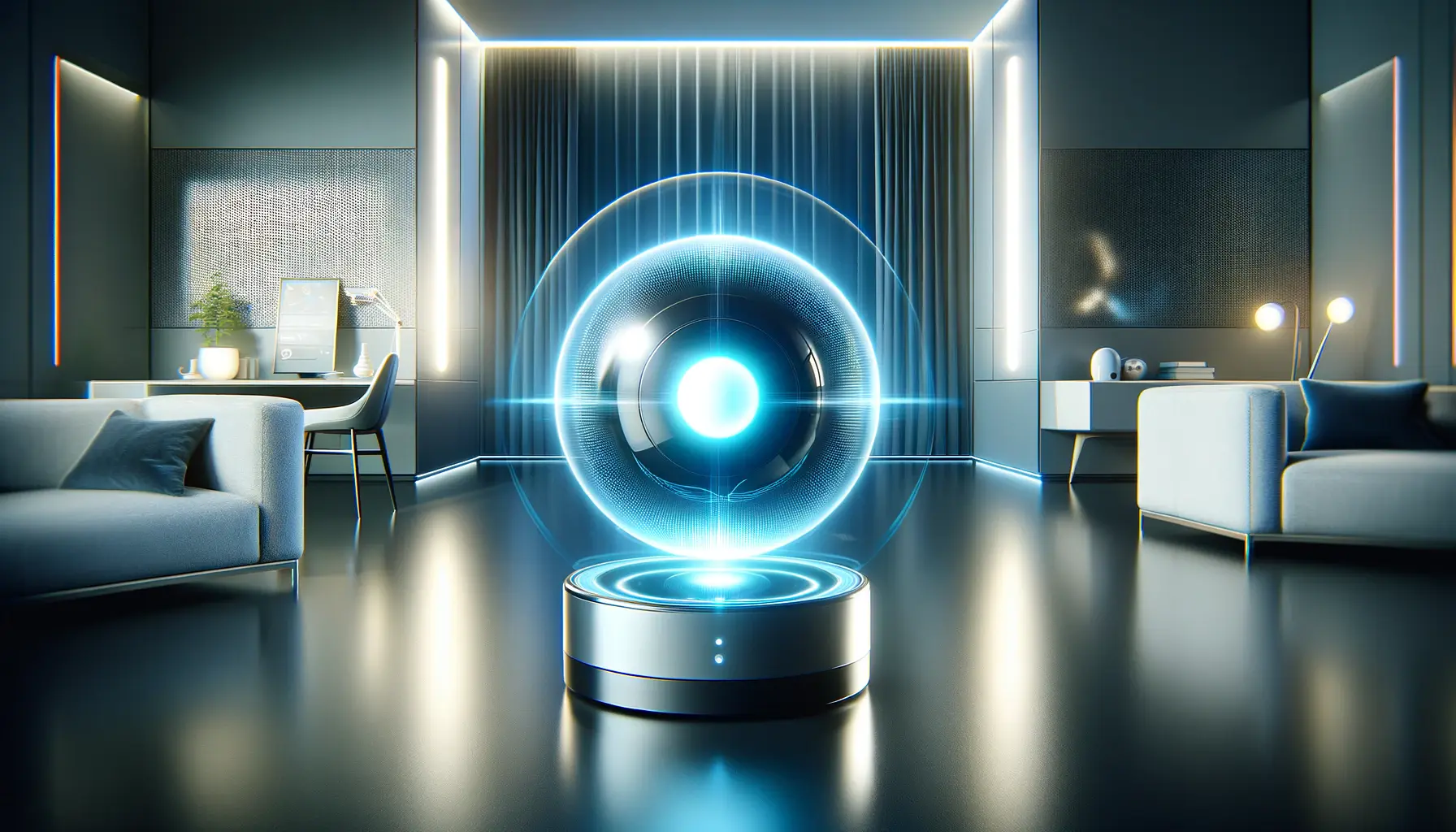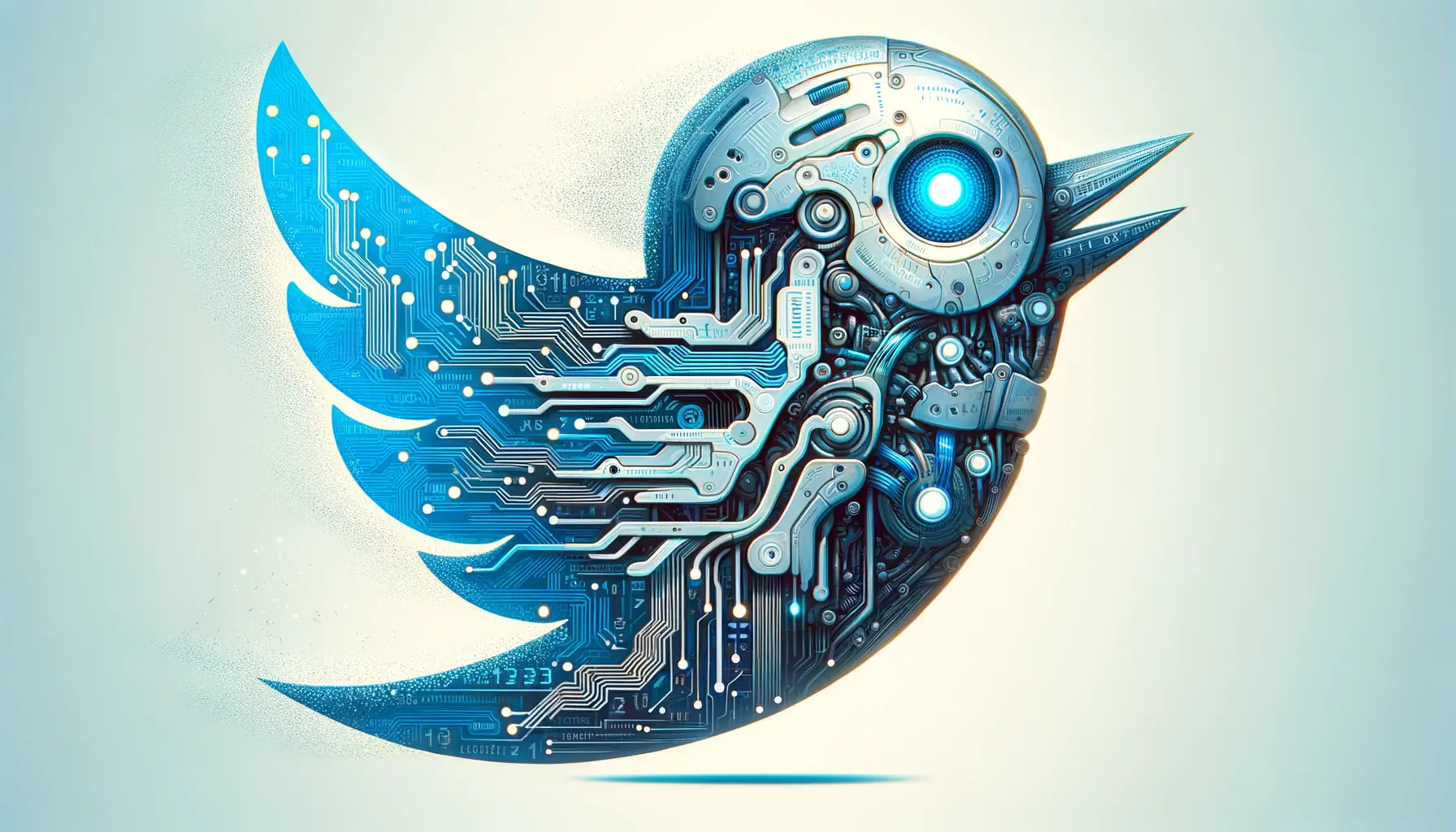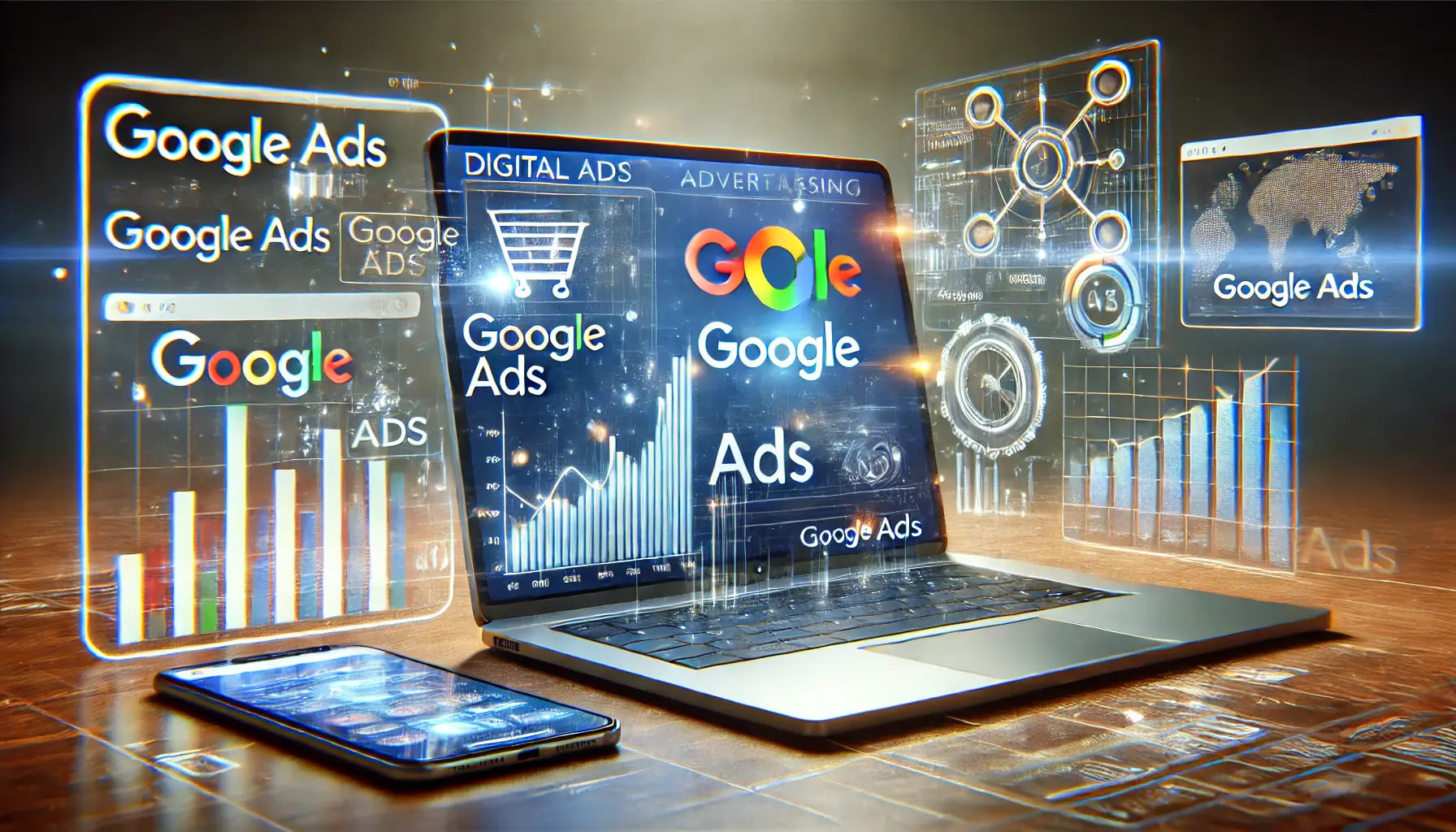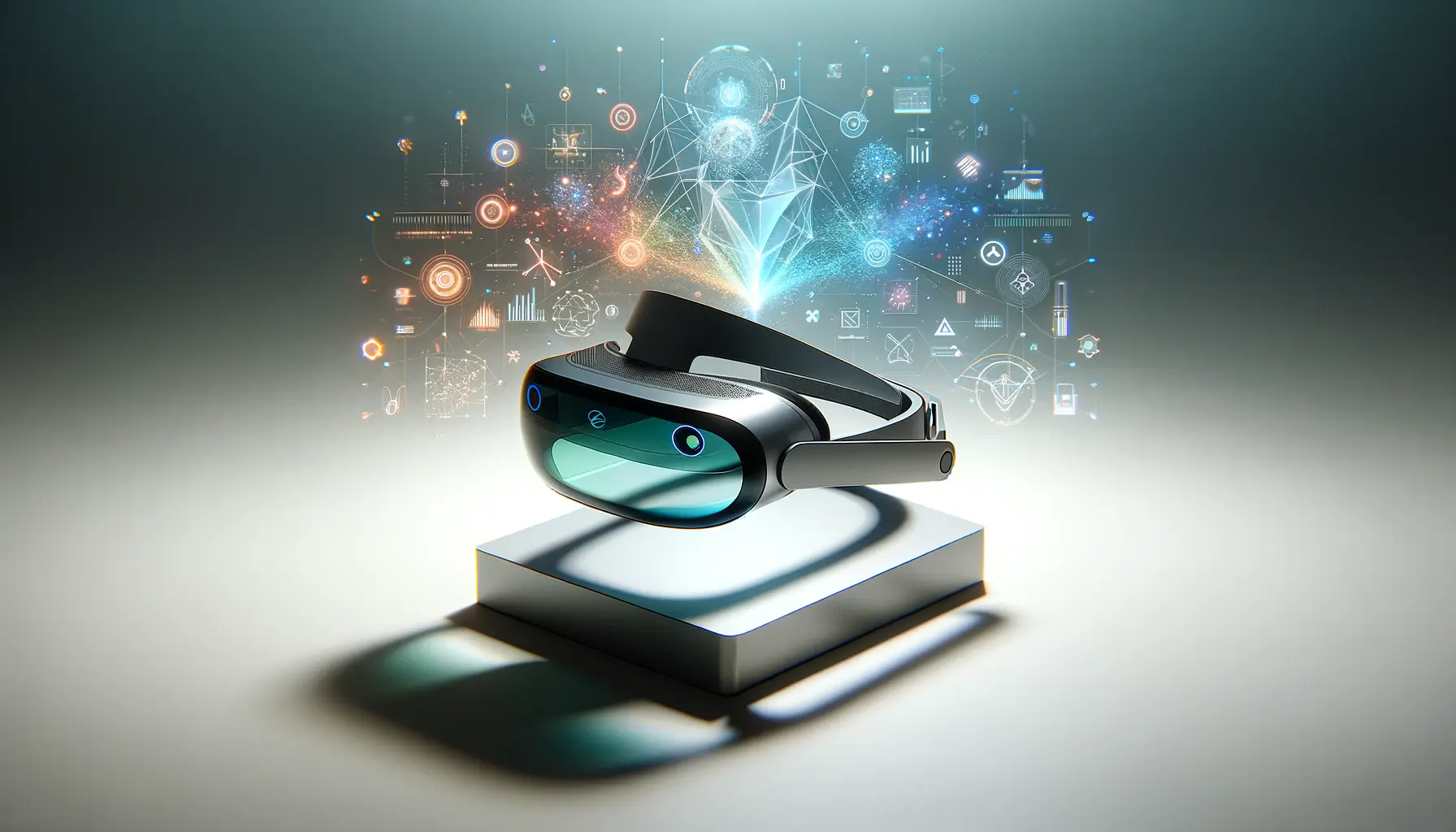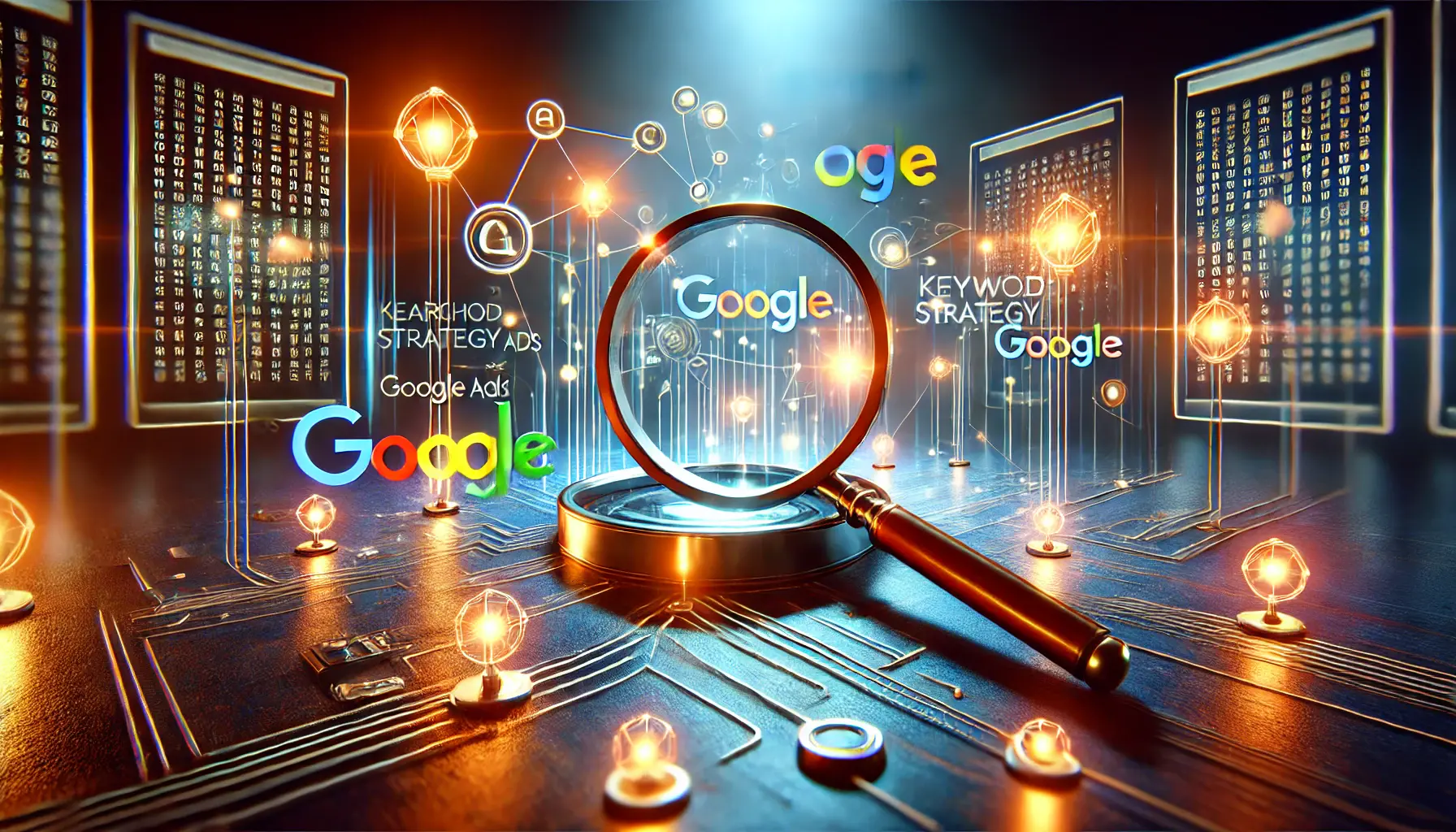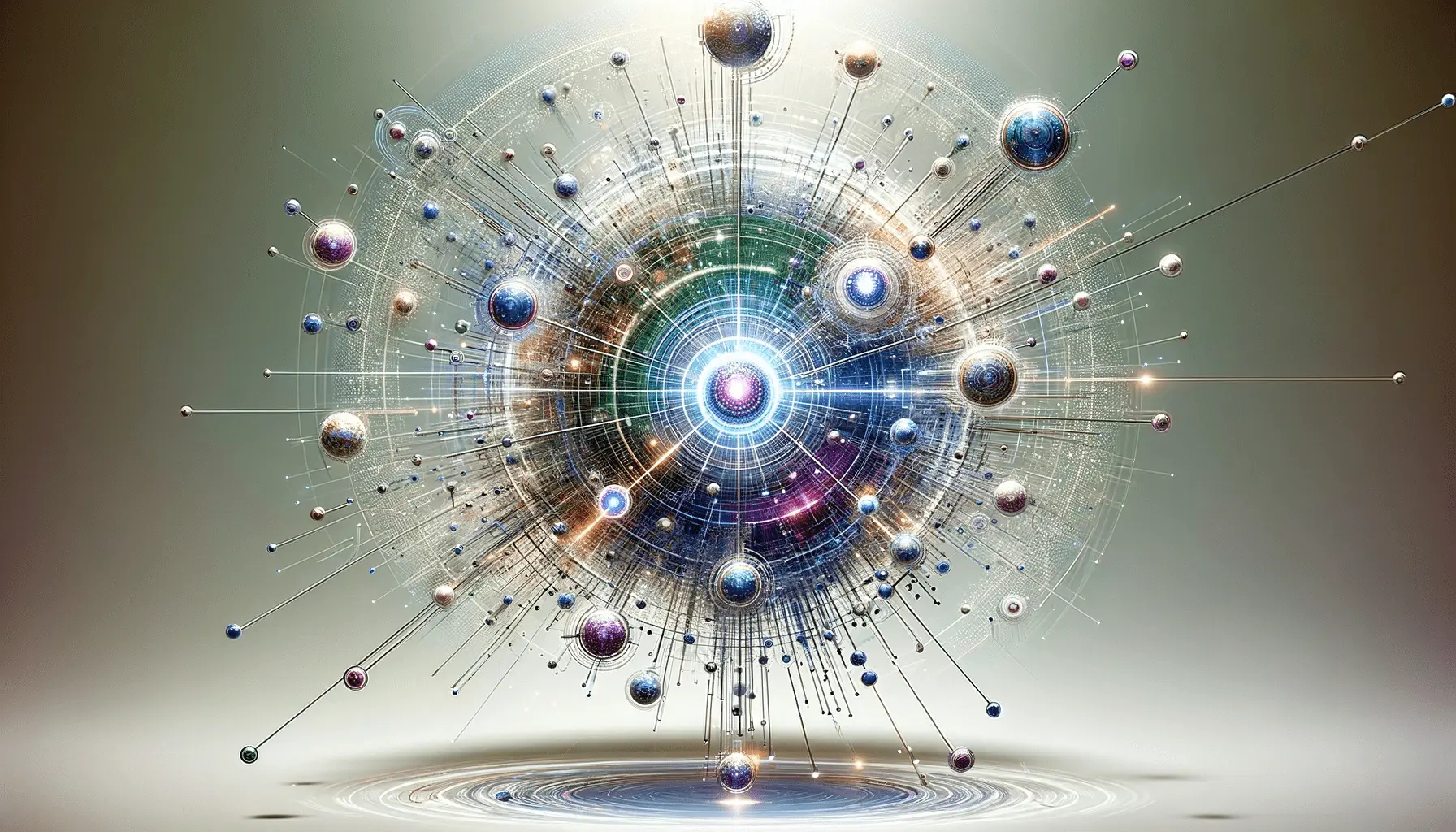The advent of artificial intelligence (AI) in the creative domain has marked a new era in the way we perceive, create, and interact with art.
Among the most groundbreaking developments in this field is DALL-E, an AI program developed by OpenAI that has the capability to generate images from textual descriptions.
This innovation not only showcases the potential of AI in enhancing creative expression but also redefines the boundaries between technology and artistry.
DALL-E stands at the forefront of the AI art revolution, offering a glimpse into a future where the creation of visual content is not solely the domain of human artists but a collaborative effort between human creativity and machine intelligence.
The implications of this technology extend beyond the art world, influencing various sectors including education, marketing, and entertainment, by providing a tool that can convert abstract ideas into tangible visual representations with unprecedented ease and flexibility.
- The Genesis of DALL-E
- Applications and Impact of DALL-E
- Behind the Scenes: The Technology Powering DALL-E
- Exploring DALL-E’s Creative Potential
- Integrating DALL-E into Professional Workflows
- The Future of AI in Art and Design
- Enhancing Education and Learning with DALL-E
- Embracing the AI Art Revolution with DALL-E
- DALL-E AI Art Revolution FAQs
The Genesis of DALL-E
What is DALL-E?
DALL-E, a portmanteau of the famous surrealist artist Salvador Dalí and Pixar’s animated character WALL-E, is an AI model capable of generating complex images based on textual prompts.
This model leverages a version of the GPT-3 algorithm, also developed by OpenAI, to understand and interpret the nuances of human language and translate them into detailed and diverse visual outputs.
The technology behind DALL-E represents a significant leap in machine learning, demonstrating an advanced understanding of both language and imagery.
The creation of DALL-E is not just a technical achievement but also a conceptual breakthrough.
By enabling machines to understand and visualize creative prompts, OpenAI has opened up new possibilities for exploring the intersection of technology and human creativity.
The AI does not merely replicate existing art styles or images but generates unique visuals that have never been seen before, pushing the boundaries of traditional art creation.
How DALL-E Works
At its core, DALL-E operates by analyzing the text prompts provided by users and generating images that match the descriptions.
This process involves a complex interplay of algorithms trained on vast datasets of images and their associated descriptions.
The AI model understands context, manages abstract concepts, and applies artistic principles to create images that are both relevant to the prompt and aesthetically pleasing.
The technology behind DALL-E is built on a foundation of deep learning and natural language processing, allowing it to interpret the prompt’s intent and generate images with remarkable accuracy.
Whether the prompt is straightforward or laden with abstract concepts, DALL-E navigates the complexities of visual representation to produce images that resonate with the user’s initial vision.
This capability marks a significant advancement in AI’s role in creative processes, offering a tool that complements and enhances human creativity.
DALL-E’s ability to generate unique, relevant images from textual prompts showcases the potential of AI in revolutionizing art creation and creative expression.
Applications and Impact of DALL-E
The introduction of DALL-E into the realm of digital art and beyond has opened up a plethora of applications, demonstrating the versatility and transformative potential of AI in creative industries.
From graphic design to storytelling, the impact of this technology is profound, reshaping how we conceive and execute creative projects.
One of the most significant applications of DALL-E lies in the realm of digital art and design.
Artists and designers can leverage this AI to experiment with new concepts, styles, and ideas, pushing the boundaries of traditional creative processes.
Here are some key areas where DALL-E is making waves:
- Graphic Design: DALL-E enables designers to quickly generate visual content for branding, advertising, and social media, significantly reducing the time and effort required for conceptualization and execution.
- Entertainment and Media: In the entertainment industry, DALL-E can be used to create concept art, storyboards, and promotional materials, offering a new tool for visual storytelling.
- Educational Content: Educators and content creators can use DALL-E to generate illustrations for educational materials, making complex subjects more accessible and engaging for learners.
Transforming Creative Workflows
DALL-E is not just a tool for creating art; it’s a technology that transforms creative workflows.
By automating the generation of visual content, DALL-E allows creatives to focus on higher-level aspects of their projects, such as concept development and narrative construction.
This shift can lead to more innovative and ambitious creative endeavors, as the limitations of manual content creation are minimized.
Moreover, DALL-E democratizes access to high-quality visual content.
Small businesses, independent creators, and educators who may not have the resources to hire professional artists can now produce compelling visuals with ease.
This accessibility fosters creativity and innovation across various sectors, leveling the playing field for content creators worldwide.
Challenges and Ethical Considerations
Despite its potential, the use of DALL-E raises important ethical considerations.
The ability of AI to generate original content blurs the lines between human and machine creativity, raising questions about authorship, copyright, and the value of human artistic expression.
As DALL-E and similar technologies become more prevalent, it’s crucial to address these challenges to ensure that AI serves as a complement to human creativity, rather than a replacement.
Additionally, the potential for misuse of AI-generated content, such as the creation of deepfakes or copyright infringement, necessitates robust ethical guidelines and content moderation policies.
Balancing the benefits of DALL-E with these ethical considerations is essential for harnessing the technology’s potential in a responsible and beneficial manner.
The integration of DALL-E into creative workflows represents a paradigm shift in art and design, offering both opportunities and challenges that will shape the future of creative industries.
Behind the Scenes: The Technology Powering DALL-E
The magic of DALL-E lies in its sophisticated underlying technology, which combines advancements in machine learning, natural language processing (NLP), and computer vision.
Understanding the technical foundation of DALL-E provides insight into its capabilities and the future direction of AI-driven creative tools.
At the heart of DALL-E’s image generation capability is a variant of the Generative Pre-trained Transformer 3 (GPT-3), OpenAI’s state-of-the-art language processing AI.
This model has been adapted to interpret textual prompts and generate corresponding images through a process that mimics human creativity but at a scale and speed unattainable by humans alone.
Deep Learning and Neural Networks
DALL-E’s effectiveness is rooted in deep learning, specifically the use of neural networks that have been trained on vast datasets of images and their descriptions.
These networks learn to recognize patterns and relationships between text and visual elements, enabling the AI to generate images that accurately reflect the given prompts.
The training process involves exposing the model to millions of image-text pairs, allowing it to learn a wide range of artistic styles, object relationships, and contextual nuances.
This extensive training is what enables DALL-E to produce images that are not only relevant to the prompt but also creatively interpreted.
Advancements in Natural Language Processing
NLP plays a crucial role in how DALL-E understands and processes the textual prompts provided by users.
The model’s ability to parse complex and abstract concepts from text is a result of significant advancements in NLP technology, particularly in semantic understanding and context awareness.
By leveraging the latest NLP techniques, DALL-E can grasp the subtleties of language, including idiomatic expressions, cultural references, and abstract ideas, translating them into visual representations with a high degree of fidelity.
Challenges in Image Generation
Despite its advanced capabilities, DALL-E faces challenges in image generation, particularly in areas requiring high levels of detail, accuracy, and adherence to real-world physics.
The model sometimes struggles with rendering images that require intricate knowledge of specific subjects or that involve complex interactions between elements.
However, ongoing research and development efforts are focused on overcoming these challenges.
By refining the model’s training datasets and improving its understanding of context and detail, future versions of DALL-E are expected to offer even more precise and lifelike image generation capabilities.
The technology behind DALL-E exemplifies the cutting-edge of AI research, blending deep learning, NLP, and computer vision to create a tool that could redefine creative expression.
Exploring DALL-E’s Creative Potential
The unveiling of DALL-E has sparked a wave of excitement across various creative fields, highlighting the tool’s vast potential to revolutionize how we approach art and design.
This AI’s ability to generate images from textual descriptions opens up new avenues for creativity, offering artists and designers a novel way to bring their visions to life.
Let’s delve into some of the key areas where DALL-E’s creative potential is being explored:
- Concept Art: In the gaming and film industries, concept artists can use DALL-E to quickly generate diverse visual ideas, speeding up the pre-production process and enhancing creative brainstorming.
- Illustration and Comics: Illustrators and comic book creators can employ DALL-E to draft scenes, characters, and backgrounds, allowing for rapid prototyping of visual narratives.
- Fashion Design: Fashion designers can experiment with new patterns, textures, and garment designs by inputting descriptive prompts into DALL-E, pushing the boundaries of traditional fashion illustration.
Innovating in Marketing and Advertising
Marketing and advertising professionals are finding DALL-E particularly useful for generating unique and eye-catching visual content.
By inputting creative briefs into DALL-E, teams can produce a variety of concepts for campaigns, social media posts, and promotional materials, significantly reducing the time and cost associated with traditional content creation.
Furthermore, DALL-E’s ability to iterate quickly on ideas allows for a more dynamic and responsive approach to visual content strategy, enabling brands to stay ahead in the fast-paced world of digital marketing.
Personalized Content Creation
For content creators and hobbyists, DALL-E offers the exciting possibility of personalized content creation.
Whether it’s custom illustrations for a blog, unique avatars for social media, or bespoke artwork for personal projects, DALL-E empowers individuals to create professional-quality visuals without the need for advanced graphic design skills.
This democratization of visual content creation not only fosters individual creativity but also encourages a more vibrant and diverse digital landscape, where unique and personalized visuals become the norm rather than the exception.
DALL-E’s creative potential is not limited to professional artists and designers; it extends to anyone with a vision, making it a powerful tool for democratizing creativity and innovation in visual content creation.
Integrating DALL-E into Professional Workflows
The integration of DALL-E into professional creative workflows signifies a transformative shift in how projects are conceptualized, developed, and finalized.
This AI tool is not just an asset for individual creators but also a valuable resource for teams working across various sectors.
Let’s explore how DALL-E is being integrated into professional environments and the benefits it brings.
For creative professionals, the incorporation of DALL-E into their workflow offers several advantages:
- Efficiency: By automating the initial stages of the design process, DALL-E allows professionals to focus on refining concepts and executing high-level creative decisions, thereby speeding up project timelines.
- Innovation: DALL-E’s ability to generate unexpected and novel images from textual prompts can inspire new directions for creative projects, pushing the boundaries of conventional design and art.
- Collaboration: DALL-E can serve as a collaborative tool that bridges the gap between different creative visions within a team, providing a common starting point that can be iteratively refined.
Case Studies: DALL-E in Action
Several case studies highlight the practical applications and benefits of DALL-E in professional settings:
- A graphic design agency used DALL-E to generate multiple concepts for a client’s branding project, significantly reducing the time spent on the ideation phase and allowing for quicker client feedback and iteration.
- An architectural firm employed DALL-E to visualize future cityscapes for a sustainable living project, providing stakeholders with a vivid representation of the proposed developments and enhancing project proposals.
- A digital marketing team integrated DALL-E into their content creation process, using the AI to produce diverse and engaging visuals for social media campaigns, leading to increased engagement and reduced content production costs.
Overcoming Challenges and Limitations
While the integration of DALL-E into professional workflows offers numerous benefits, it also presents challenges that need to be addressed.
These include ensuring the originality of AI-generated content, managing client expectations regarding the capabilities of AI in creative processes, and maintaining a balance between AI-generated and human-created content to preserve the unique value of human creativity.
Addressing these challenges requires a thoughtful approach to integrating DALL-E into professional workflows, including clear communication about the tool’s capabilities and limitations, ethical considerations in content creation, and ongoing evaluation of the role of AI in creative industries.
The integration of DALL-E into professional workflows heralds a new era in creative production, offering both opportunities for innovation and challenges to be navigated.
The Future of AI in Art and Design
The emergence of AI technologies like DALL-E has ignited discussions about the future of art and design, speculating on how these tools will continue to evolve and shape creative industries.
As we stand on the brink of this new era, it’s essential to consider both the potential advancements and the broader implications of AI’s role in creative expression.
The future of AI in art and design is poised for significant developments, including:
- Increased Collaboration: Future iterations of AI tools will likely focus on enhancing collaboration between AI and human creators, leading to more intuitive interfaces and feedback mechanisms that allow for a seamless creative partnership.
- Greater Accessibility: As AI tools become more sophisticated and user-friendly, we can expect them to become more accessible to a wider audience, enabling people without formal artistic training to engage in creative expression.
- Expansion into New Domains: AI’s application in art and design will extend beyond visual arts into music, literature, and interactive media, offering new tools for creativity across a range of disciplines.
Implications for Creative Professionals
The integration of AI into the creative process will have profound implications for professionals in the field.
While AI offers tools to enhance creativity and efficiency, it also prompts a reevaluation of the skills and roles of artists and designers.
Adaptability, conceptual thinking, and collaboration with AI will become increasingly important, as will the ethical considerations of using AI in creative work.
Moreover, the democratization of creative tools has the potential to shift the landscape of the art and design industry, challenging traditional gatekeepers and opening up new opportunities for innovation and diversity in creative expression.
Navigating Ethical and Societal Impacts
As AI continues to evolve, so too will the ethical and societal implications of its use in art and design.
Questions of copyright, originality, and the value of human versus AI-generated art will become increasingly relevant.
It will be crucial for the industry, legal systems, and society at large to engage in ongoing dialogue to navigate these challenges and ensure that AI serves to enrich human creativity rather than diminish it.
The future of AI in art and design is not just about technological advancements but about how we choose to integrate these tools into our creative practices and the values we uphold in doing so.
By fostering a collaborative relationship between AI and human creativity, we can unlock new possibilities for artistic expression that are inclusive, innovative, and reflective of our shared humanity.
The future of AI in art and design promises a landscape of limitless creative potential, marked by collaboration, accessibility, and ethical consideration.
Enhancing Education and Learning with DALL-E
The implications of DALL-E extend far beyond the realms of art and design, venturing into education and learning.
As educators seek innovative ways to engage students and enhance learning experiences, DALL-E emerges as a powerful tool capable of transforming educational content and methodologies.
Here are several ways DALL-E is being utilized to revolutionize education:
- Visual Learning: DALL-E can generate detailed images to illustrate complex concepts, making abstract or difficult subjects more accessible and engaging for visual learners.
- Custom Educational Materials: Teachers can use DALL-E to create bespoke educational materials tailored to their lesson plans, including unique illustrations for textbooks, worksheets, and presentations.
- Interactive Learning: DALL-E’s capabilities can be integrated into interactive learning platforms, allowing students to explore subjects by creating their own visual prompts and seeing the concepts come to life.
Stimulating Creativity in Students
DALL-E not only serves as an educational tool but also as a catalyst for creativity among students.
By engaging with this technology, students can experiment with their ideas, explore various artistic styles, and develop a deeper understanding of the relationship between words and images.
This hands-on experience with AI encourages creative thinking and problem-solving skills, essential competencies in the 21st-century learning landscape.
Furthermore, the use of DALL-E in educational settings demystifies AI technology, making it more approachable for students and integrating it into their learning experience in a meaningful way.
This exposure prepares students for a future where AI plays a significant role in various aspects of life and work.
Challenges and Considerations
While the integration of DALL-E into education offers exciting possibilities, it also presents challenges.
Ensuring equitable access to this technology is crucial, as is addressing concerns about data privacy and the appropriate use of AI-generated content in educational contexts.
Educators must also be mindful of the balance between technology-assisted learning and the development of foundational skills, ensuring that AI complements rather than replaces traditional learning methods.
As we navigate these challenges, the potential of DALL-E to enrich education and foster a more engaging, personalized, and creative learning environment remains clear.
By thoughtfully integrating AI tools like DALL-E into educational practices, we can unlock new possibilities for teaching and learning that prepare students for the future while enhancing their current educational experience.
DALL-E’s impact on education highlights the transformative potential of AI in learning, offering new ways to engage students, enhance understanding, and stimulate creativity.
Embracing the AI Art Revolution with DALL-E
The journey through the capabilities, applications, and implications of DALL-E reveals a future where AI’s role in creative expression is both transformative and expansive.
DALL-E, as a pioneering AI art generator, has not only demonstrated the potential of artificial intelligence to understand and create visual content but has also opened up new avenues for creativity across various domains.
The Multifaceted Impact of DALL-E
From professional workflows in art and design to innovative educational tools, DALL-E’s influence spans a broad spectrum.
It offers a glimpse into a future where AI and human creativity collaborate, leading to unprecedented levels of innovation and efficiency.
This collaboration is evident in the way DALL-E has been integrated into creative professions, enhancing the creative process by offering new ways to visualize ideas and streamline workflows.
Challenges and Ethical Considerations
However, the advent of DALL-E also brings to the forefront the ethical considerations and challenges inherent in AI-generated art.
Issues of copyright, originality, and the impact on traditional art and design professions require careful consideration and dialogue among creators, technologists, and policymakers.
As we move forward, it is crucial to navigate these challenges thoughtfully, ensuring that DALL-E and similar technologies enhance human creativity rather than diminish its value.
Looking Ahead: The Future of AI in Creative Domains
The future of AI in art and design, as exemplified by DALL-E, promises a landscape where creative possibilities are limitless.
The ongoing development of AI technologies will likely bring even more sophisticated tools that further blur the lines between human and machine-generated art.
Yet, the essence of creativity, with its deeply human roots in emotion, experience, and subjective interpretation, remains a domain where the human touch is irreplaceable.
- Increased accessibility to creative expression for individuals across different skill levels and backgrounds.
- The potential for AI to serve as a muse and collaborator, pushing human creators to explore new artistic frontiers.
- The importance of ethical guidelines and frameworks to ensure that AI’s integration into creative fields is beneficial and respectful of human creativity.
In conclusion, DALL-E represents just the beginning of the AI art revolution.
As we continue to explore the capabilities and potential of AI in creative domains, it is essential to foster a symbiotic relationship between technology and human creativity.
By doing so, we can ensure that the future of art and design is one where AI serves to amplify human creativity, offering new tools and perspectives that enrich our collective creative endeavor.
DALL-E AI Art Revolution FAQs
Explore the most common inquiries about the revolutionary AI art generator, DALL-E, and its impact on the creative world.
DALL-E is an AI developed by OpenAI that generates images from textual descriptions, revolutionizing the intersection of technology and creativity.
It uses advanced algorithms to interpret text prompts and create corresponding images, leveraging vast datasets of image-text pairs.
Yes, DALL-E can generate images in various art styles, from classical to contemporary, based on the descriptive prompts it receives.
Access to DALL-E is currently limited, with OpenAI providing access through a waitlist and select research initiatives.
Yes, DALL-E can create unique and original images that have never been seen before, based on the creativity of the input prompts.
DALL-E enhances learning by generating visual aids and illustrations for complex concepts, making education more engaging and accessible.
Concerns include copyright issues, the originality of AI-generated art, and the potential for misuse in creating deceptive images.
The future points towards greater collaboration between AI and human creativity, expanding the possibilities for innovative and diverse artistic expression.
